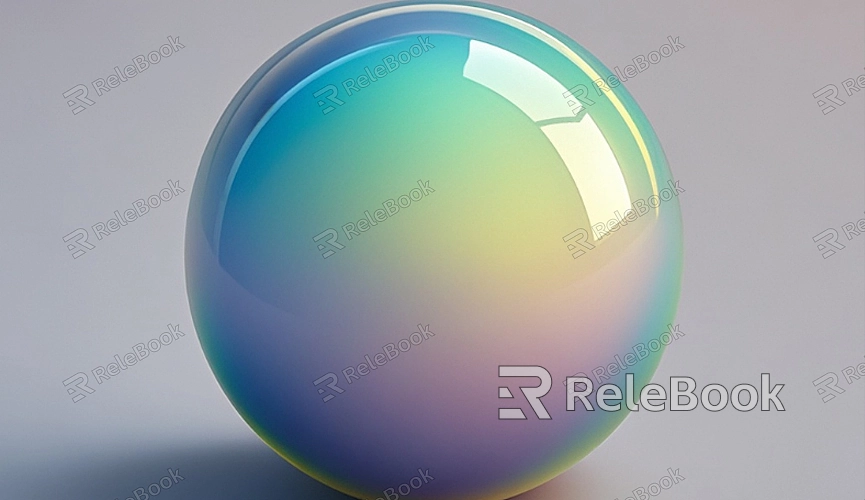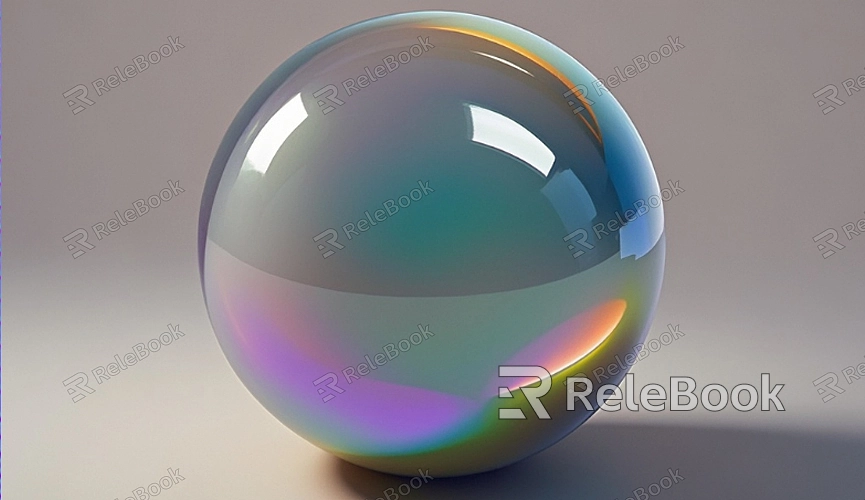How to Map Textures onto a Sphere?
In three-dimensional modeling, texture mapping is an essential technique for adding detail and realism to models. A sphere, effectively applying textures to its surface poses unique challenges that many designers and developers face. This article will delve into the principles, steps, and considerations involved in mapping textures onto a sphere, helping readers understand and master this technique.

The Basic Principles of Texture Mapping
The fundamental principle of texture mapping involves applying the colors and details of a two-dimensional image onto the surface of a three-dimensional model. Each point on the model's surface needs to correspond to a specific part of the texture image. This mapping relationship is typically achieved through texture coordinates, ensuring that the model displays the texture details correctly during rendering.
The Geometric Features of a Sphere
Before performing texture mapping, it's crucial to understand the geometric features of a sphere. The surface of a sphere is smooth and uniform, but its curvature can lead to texture distortion. Therefore, the choice of coordinate system and unfolding method during texture mapping will significantly impact the natural appearance of the final result.
The Texture Coordinate System
Texture coordinates usually consist of two dimensions that correspond to the horizontal and vertical positions in the texture image. For spheres, the commonly used coordinate system is the spherical coordinate system. By calculating the texture coordinates for each point on the sphere, one can accurately map the texture onto the model's surface. This process requires a certain level of mathematical knowledge to ensure coordinate calculations are precise.

Choosing the Right Texture
When selecting a texture, it is important to consider how well it aligns with the sphere's design theme and the clarity of the texture itself. An ideal texture should enhance the visual impact of the model and convey the intended design. Resolution is another key factor; too low a resolution can lead to blurriness, while too high may result in unnecessary computational load.
Steps for Texture Mapping
The specific steps for mapping textures onto a sphere include:
1. Creating the Sphere Model: Start by using modeling software to create a basic sphere model, ensuring its geometric shape is accurate.
2. Setting Up UV Unwrapping: Perform UV unwrapping on the sphere to allocate its surface reasonably onto a two-dimensional texture space. This process requires careful handling to minimize distortion later on.
3. Applying the Texture: Apply the selected texture image to the sphere model using the software’s mapping tools, adjusting it to ensure even coverage across the surface.
4. Adjusting the Effect: After applying the texture, make necessary adjustments based on visual feedback, such as position, scale, and rotation, to achieve the desired outcome.
Practical Tips
Several practical tips can enhance the effectiveness of texture mapping:
1. Check UV Layout: Ensure the UV layout is appropriate and avoids overlaps or blank areas, allowing for better texture coverage on the sphere's surface.
2. Adjust Lighting and Shadows: Proper lighting settings can make textures appear more vibrant. After completing the texture mapping, check the position and intensity of the light sources to enhance the model's depth.
3. Test Multiple Angles: Test the texture effect from various angles and under different lighting conditions, making adjustments based on feedback to achieve the best possible outcome.
Mapping textures onto a sphere involves multiple steps and details. Mastering these methods and techniques can significantly enhance the visual quality of models. Whether in game development or other fields, excellent texture mapping skills will greatly enhance your projects. If you need more high-quality 3D models and texture resources, visit Relebook to download materials that suit your design needs.
FAQ
How can I avoid distortion when mapping textures onto a sphere?
To avoid distortion, ensure that the UV unwrapping maintains proportional uniformity and select texture images that suit the spherical shape.
What factors should I consider when choosing a texture?
When selecting a texture, consider whether its theme aligns with the sphere's design, the clarity of its details, and the appropriateness of its resolution.
What are some common tools for texture mapping?
Common tools include Blender, Maya, and Cinema 4D; these software programs offer extensive texture mapping features.
How can I evaluate the quality of the texture effect?
You can assess the quality of the texture effect by observing how the model performs under different lighting and angles, noting any visible seams, distortions, or inaccuracies.

